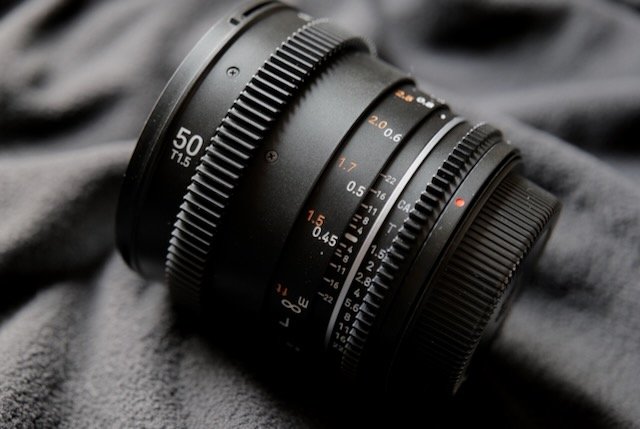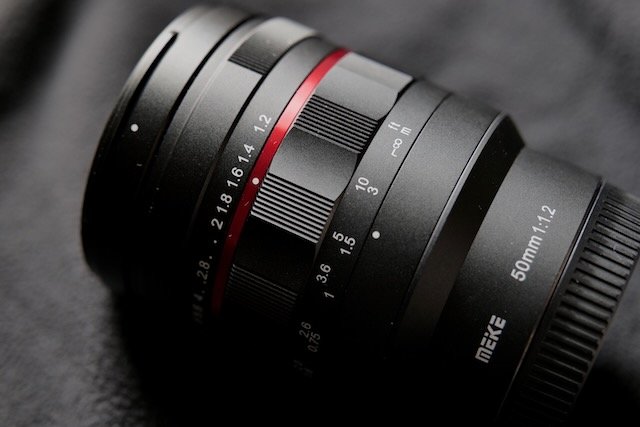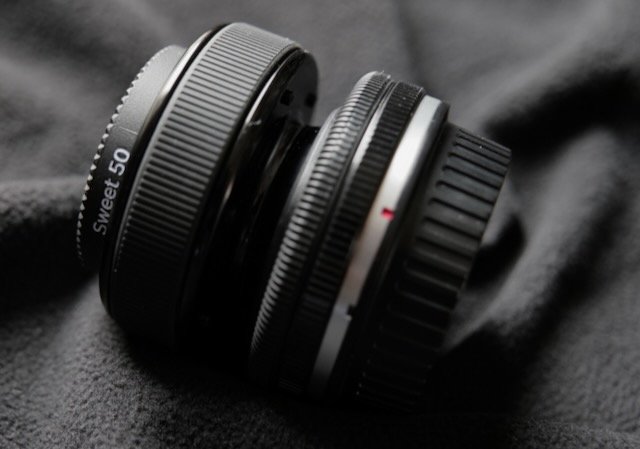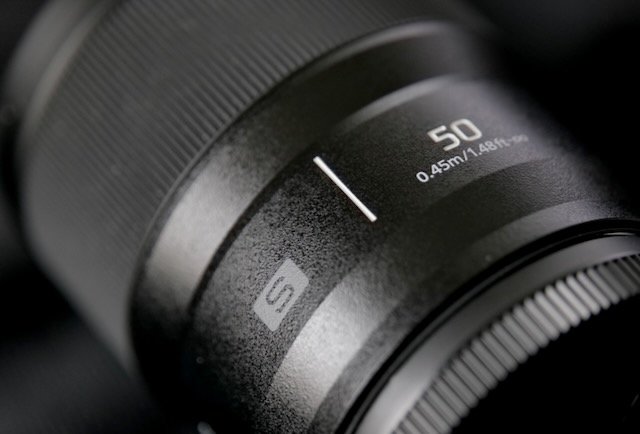50 Milimetres
Intro
As long as I remember, I have been using 50mm lenses on my cameras. Only when I switched to digital cameras, things changed slightly, because my first DSLR was a Canon EOS 20D, with an APS-C sensor, and on this, the 50mm lens didn’t make a lot of sense....
At the moment, I have the following six 50mm lenses:
Canon EF 50mm / f1.4 USM
Canon FD 50mm / f1.4
Samyang VDSLR 50mm / T1.5 Mk2
Meike 50mm / f1.2
Lensbaby Composer Pro + Sweet 50mm / f2.5
Panasonic S 50mm / f1.8
No particular order here, but suffice to say that the Canon EF 50mm is one of the lenses that I have owned for the longest time - more than 20 years, I think.
It is also worth mentioning that I have sold my all-time favourite 50mm lens when I moved away from Nikon at some point in the 1990s. The Nikkor 50mm / f1.4 remains a great memory and it was the only lens that I used with my equally beloved Nikon FM2 when I was a student. I have had both for about 10 or 12 years. This means that I grew as a photographer using exclusively a 50mm lens.
I have had others, and I wonder where they disappeared. After the fall of the iron curtain I got a Russian Zenith camera with a Helios lens that I seem to have lost over the years. Today, the lens alone would be a great addition to my collection, but I can say that the Helios’ main property, the swirly bokeh, can be reproduced with two other lenses that I own, including one on the list above.
And yes, you may ask why I don’t - as a Canon owner - have the famed “nifty fifty”, the Canon EF 50mm / f1.8, and all I will say that I indeed had bought it just to send it back about two years ago because the autofocus was so noisy that it was useless for video work. Also, the image quality wasn’t that great either.
Before you ask. Yes, I have also tried the Sigma 50mm / f1.4 Art lens. It is great, but it is an expensive, heavy beast of a lens, and to my eyes, apart from the color rendition, there was not much of a difference to the Canon EF 50mm / f1.4, so the Sigma went back to the seller as well.
The Comparison
Since I am a lens collector of sorts, I thought it might be interesting to sit back and relax, and think about the question why I bought all those lenses in the first place.
Canon EF 50mm / f1.4 USM
This one is easy to answer. When I switched to Canon in the early 2000s (from a Contax G2 rangefinder plus some Zeiss glass), I wanted to have a 50mm lens as I was used to them, and the 50mm lenses were those lenses with a good wide aperture that I could afford.
The almost vintage Canon EF 50mm / f1.4
I was and am still happy with this lens. It is sharp and renders a nice bokeh. It is still available today and a new one trades for around 350 Euros, which I still believe is a good price for what you get. I guess you could find decent second hand ones as well for much less.
The ultrasonic autofocus motor is relatively quiet and it is reliable even if I think that it has become a little noisier over the years. The size is great, and using a standard filter diameter also helps. The build is rugged enough and light enough to be carried around easily.
Looking at the image quality it produces, it has this warm glow to it, not overly present, but it is there, especially if you compare it to, say, the Sigma 50mm / f1.4 Art, which has a much more neutral but equally beautiful color rendition.
Canon FD 50mm / f1.4
There is fairly little I can say at the moment about this lens. I’ve had it only for a few months, having bought it second-hand for about 50 Euros.
A vintage lens: The Canon FD 50mm / f1.4
I did some test shots with it, but, having used it with an Urth adapter on my Canon EOS 6D or the 90D, it hasn’t convinced me yet.
The real reason why I bought this lens was actually that I thought I could use it on my Blackmagic Design Pocket Cinema Cameras in certain situations that require a “vintage look.” I also have the FD 28mm / f2.8 that would go well in this situation.
The FD lenses are tiny, about the same size as my beloved Nikkor 50mm / f1.4 but not built as well (the Nikkor was rock-solid): the two FD lenses that I own have more of a plasticky feel.
Samyang VDSLR 50mm / T1.5 Mk 2
Now this is an interesting lens as it is not designed as a photo lens, but rather a cine lens. It is fully manual, with a de-clicked aperture ring. The focusing ring has quite a long throw for exact focusing, and both the distance and aperture scales are on the side of the lens rather than the top.
The Samyang VDLSR Mk II 50mm / T1.5
The build quality of this EF-mount lens is great and very sturdy, it even has a small rubber sealing for the lens mount. It has a good weight, not too heavy, not too light.
A much more interesting side view of the Samyang
So far, I have only used this lens for some video shoots on a BMPCC 6K and also with an adapter on the Panasonic S5, but one thing I can say - it looks really pleasing. Nothing stands out that would raise concerns, the images are quite sharp.
This lens set me back around 450 Euros.
Meike 50mm / f1.2
With its maximum aperture of f1.2 the Meike lens is the brightest lens in my collection, at least on paper. It is quite unique in its image quality in relation to its price, and that is why I got it recently, in an L-Mount version.
The Meike 50mm f/1.2
Although not technically a cinema lens, it does have a de-clicked aperture ring like other Meike MF photo lenses, which helps with smooth light transitions. The build quality is very good and it is quite heavy, better than the Samyang, and it has a standard 67 mm filter thread which helps a lot, especially if you are a Panasonic user.
This lens is bigger than it looks
The uniqueness of this lens lies in its image quality. While it may not be the sharpest, the bokeh is really nice, the focus area quite shallow, and the color rendition slightly warm, like a vintage Canon lens. It also can give you a swirl effect at certain distances that looks great as it is not as pronounced as the one of, say, a Helios 44 or the Lensbaby 60mm Swirl.
I found it for a very good price at 280 Euros, which I find acceptable and appropriate.
Lensbaby Composer Pro / Sweet 50
Lensbaby lenses have been designed to stand out from the crowd, not because they are intended to be the sharpest or brightest lenses out there, but they are designed to provide you something that no other (inexpensive) lens can provide you with: optical effects, special looks, flaws even.
The interchangeable Lensbaby Sweet 50mm insert and the Composer Pro
The combination of the Composer Pro lens holder and the exchangeable Sweet 50 lens is an example. Technically, this lens holder allows you to tilt the lens in any direction so that it focuses on only part of the image. Theoretically, you could put the optical element also into a sturdy tubelike adapter, but that would make the lens a lot less unique.
You can produce miniature effects, too, but where it really shines is in medium closeup scenarios such as product photography or for portraits.
The parts that are in focus are relatively sharp and the rest, if you shoot wide open, is smoothly blurred.
The build quality of those lens and lens mount combinations is good, not great. The Composer Pro is a full metal construction, the lens element has a somewhat plasticky feel to it.
Because of its unique design and properties, I have only used this lens sparingly. I can’t remember the price of this lens, but a newer version trades for around 300 Euros at the time of writing.
Panasonic Lumix S 50mm / f1.8
This lens came as a “kit” lens with my Panasonic S5. It was my first Panasonic prime lens and after a few tests, it surprised me positively, as the images it renders are really nice. It makes for a great portrait lens.
A minimalistic design on the Panasonic S 50mm f/1.8
The image quality is very good and it's sharp and near silent, it does have little focus breathing. But manual focusing is not great, and the bokeh in some pictures looks slightly distracting.
The build quality is good, not great. Quite plasticky, quite bulky, but relatively light. The rubber focusing ring is one thing that struck me immediately. The material is different from the ones on most other lenses that I‘ve ever owned, it looks and feels more porous. And it seems to attract dust, skin flakes and hair much more than other lenses. It is also more difficult to clean.
Given that it came as a gift, I won’t complain. However, for the retail price of 450-470 Euros at the time of writing, I will say it is too expensive (like most Panasonic lenses). However, the only native alternative from Panasonic plays in a entirely different league. At roughly 2,500 Euros recommended retail price, the Panasonic S Pro 50mm /f1.4 is by far the most expensive lens in this category and at that price not worth bothering. Even second hand ones come in at well over 1,000 Euros.












